Hi there, pet lovers! 🦎
Chinese Water Dragons (Physignathus cocincinus) are stunning, vibrant lizards that have captured the hearts of reptile enthusiasts worldwide. Known for their striking appearance and active personalities, these arboreal reptiles can make fantastic pets for those willing to meet their specific care needs. In this detailed review, we’ll explore everything you need to know about Chinese Water Dragons, from their temperament and care requirements to their availability and cost. Whether you’re considering adding one to your family or simply curious about these fascinating creatures, this guide will help you make an informed decision.
Overview
Chinese Water Dragons are medium-sized, semi-arboreal lizards native to the forests and waterways of Southeast Asia. They are known for their bright green coloration, long tails, and distinctive crests along their backs. Here’s a quick summary of what makes them stand out:
- Handling and Temperament: Generally docile but can be skittish; requires patience and gentle handling.
- Care and Maintenance: Moderate to high maintenance due to their specific habitat and dietary needs.
- Health and Durability: Hardy when cared for properly but prone to health issues if their environment is not ideal.
- Availability: Widely available through breeders, expos, and pet stores.
- Cost: Affordable to purchase but requires a significant initial investment in setup.
- Overall: A rewarding pet for experienced reptile keepers or dedicated beginners.

Why Choose a Chinese Water Dragon?
Chinese Water Dragons are ideal for those looking for a visually striking, interactive, and active pet. Their vibrant green coloration and curious personalities make them a joy to observe and interact with. However, they require a dedicated owner who can provide the space, time, and resources needed to meet their care requirements. With a lifespan of 10–15 years, they are a long-term commitment but can become a captivating addition to your reptile family.
Handling and Temperament
Chinese Water Dragons are generally docile and can tolerate handling well once they are acclimated to their environment and owner. However, they are naturally skittish and may take time to build trust.
Personality Variations
- Some individuals are calm and enjoy perching on their owner’s shoulder, while others are more energetic and prefer exploring their surroundings.
- Younger Water Dragons tend to be more nervous and may dart away when approached, but they often become more confident with age and regular handling.
Handling Tips
- Always handle them gently and support their entire body to make them feel secure.
- Avoid sudden movements or loud noises, as these can startle them and cause stress.
- Be cautious of their long tails, which they may whip if they feel threatened.
Biting
Chinese Water Dragons rarely bite, but if they do, it’s usually a defensive reaction. Their bites are not dangerous but can be startling. Consistent, gentle handling will help build trust and reduce the likelihood of biting.
Care and Maintenance
Chinese Water Dragons require a well-designed habitat that mimics their natural environment. Their care is more demanding than some other reptiles, but the effort is well worth it for their health and happiness.
Enclosure Setup
- Size: A minimum enclosure size of 4x2x4 feet is recommended for one adult. Larger enclosures are even better, as these lizards are active climbers and swimmers.
- Climbing Space: Provide plenty of vertical space with branches, vines, and plants for climbing.
- Substrate: Use a moisture-retentive substrate like coconut fiber or cypress mulch to maintain humidity. Avoid loose substrates that could cause impaction if ingested.
- Hiding Spots: Include multiple hiding spots to help them feel secure.
- Water Feature: A large water dish or shallow pool is essential, as they love to swim and soak.
Humidity and Temperature
- Humidity: Maintain humidity levels between 70–80% to mimic their tropical habitat. Regular misting or an automated misting system can help achieve this.
- Temperature: Provide a basking area of 90–95°F and an ambient temperature of 80–85°F during the day. Nighttime temperatures should not drop below 75°F.
Feeding
- Diet: Chinese Water Dragons are omnivorous but primarily insectivorous. Their diet should consist of a variety of feeder insects like crickets, dubia roaches, and mealworms, supplemented with occasional fruits and leafy greens.
- Supplements: Dust their food with calcium and multivitamin supplements to prevent nutritional deficiencies.
- Feeding Schedule: Feed juveniles daily and adults every other day, adjusting portion sizes based on their appetite.
Lighting
- UVB Lighting: Essential for their health, as it helps them metabolize calcium and prevent metabolic bone disease. Provide a high-quality UVB bulb and replace it every 6–12 months.
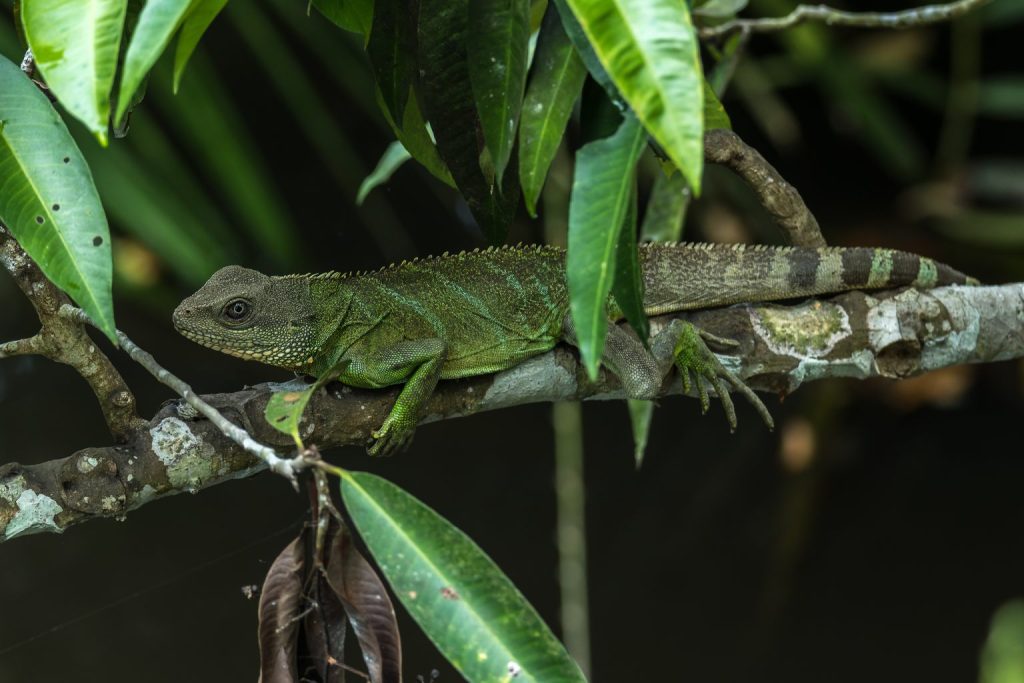
Health and Durability
Chinese Water Dragons are generally hardy when provided with proper care, but they are prone to certain health issues if their environment or diet is inadequate.
Common Health Issues
- Metabolic Bone Disease (MBD): Caused by insufficient UVB lighting or calcium deficiency. Symptoms include weak bones, deformities, and lethargy.
- Respiratory Infections: Often caused by low humidity or poor ventilation. Symptoms include wheezing, mucus around the nose, and lethargy.
- Skin Infections: Can occur if humidity levels are too high or the enclosure is not kept clean.
Preventative Care
- Maintain proper humidity and temperature levels.
- Provide a balanced diet with appropriate supplements.
- Regularly clean the enclosure to prevent bacterial growth.
- Schedule annual checkups with a reptile veterinarian.
With proper care, Chinese Water Dragons can live 10–15 years, making them a long-term but rewarding commitment.
Availability and Cost
Chinese Water Dragons are widely available in the pet trade, making them accessible to most reptile enthusiasts.
Where to Buy
- Breeders: The best option, as they can provide healthy, well-cared-for individuals.
- Reptile Expos: Great for meeting breeders and seeing a variety of Water Dragons in person.
- Pet Stores: Less ideal, but some stores carry them. Be cautious of wild-caught specimens, which may have health issues.
Cost
- Initial Purchase: $50 to $100 for a juvenile.
- Setup Cost: Several hundred dollars for a proper enclosure, lighting, heating, and décor.
- Ongoing Costs: Food, supplements, and electricity for heating and lighting.
Pros and Cons
Pros
- Striking appearance with vibrant green coloration.
- Active and engaging personalities.
- Can become tame with regular handling.
- Long lifespan with proper care.
Cons
- Requires a large, well-maintained enclosure.
- Sensitive to environmental changes.
- Moderate to high maintenance compared to other reptiles.
- Initial setup can be expensive.
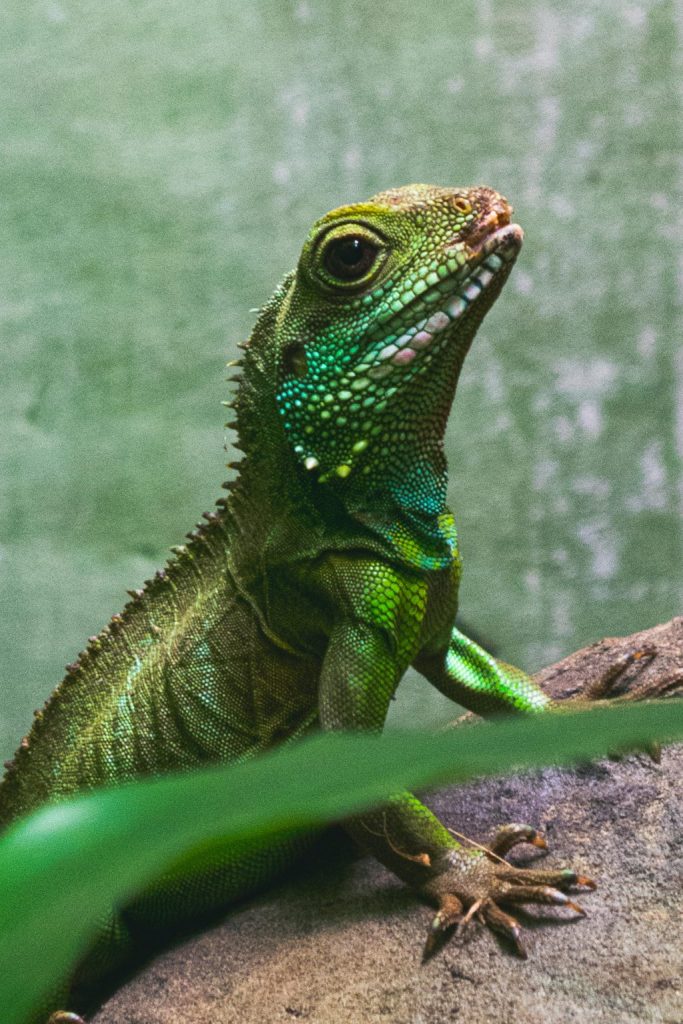
Final Thoughts
Chinese Water Dragons are captivating pets that can bring joy and excitement to any reptile enthusiast’s life. While they require a significant investment of time, space, and resources, their stunning appearance and lively personalities make them well worth the effort. If you’re prepared to meet their care needs and provide a loving home, a Chinese Water Dragon can become a cherished member of your family for many years to come.
Have you owned a Chinese Water Dragon? Share your experiences and tips in the comments below! We’d love to hear how you care for your dragon and what makes them special to you.
For more reptile care tips and reviews, stay tuned to our blog and don’t forget to subscribe to our newsletter! 🦎

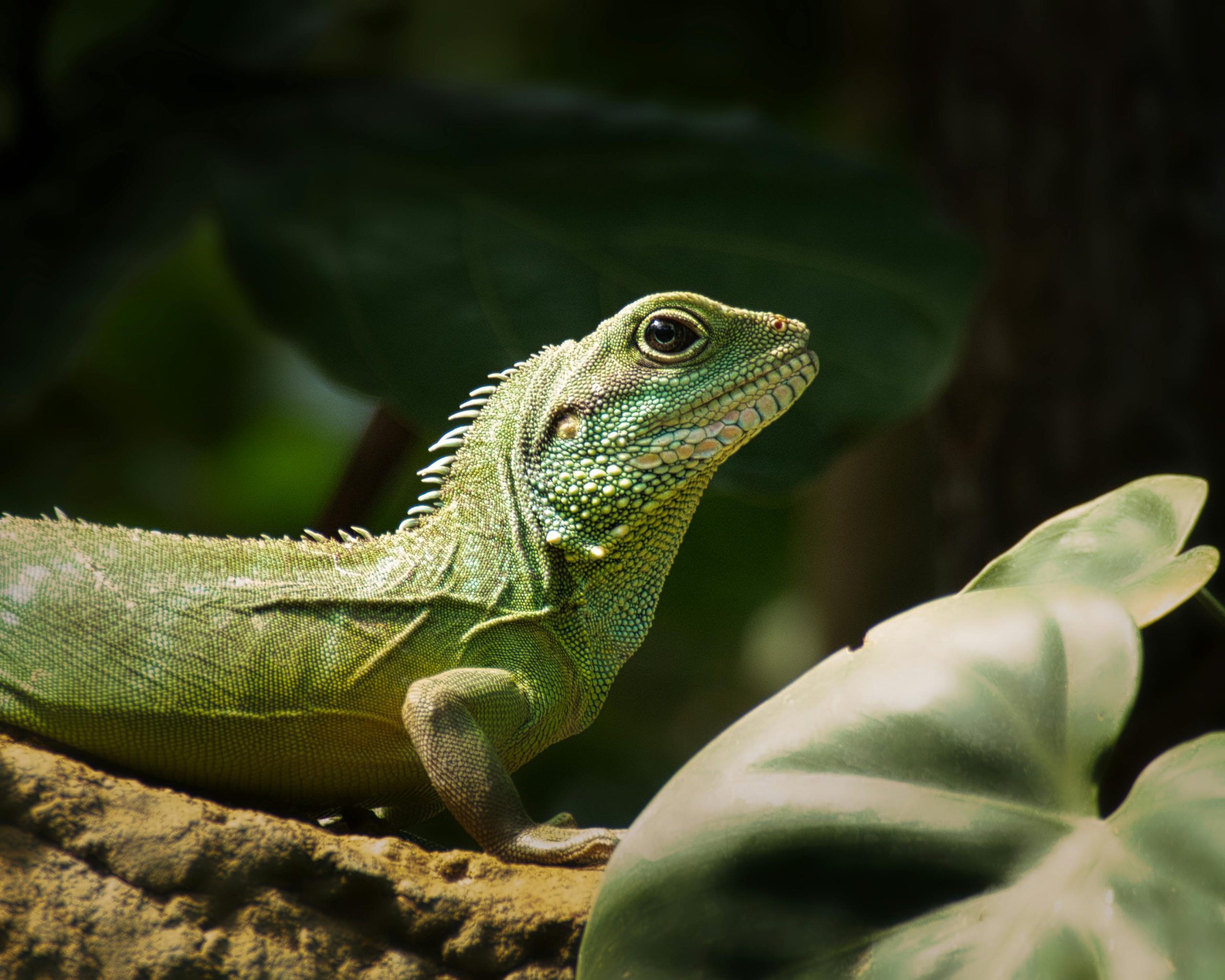

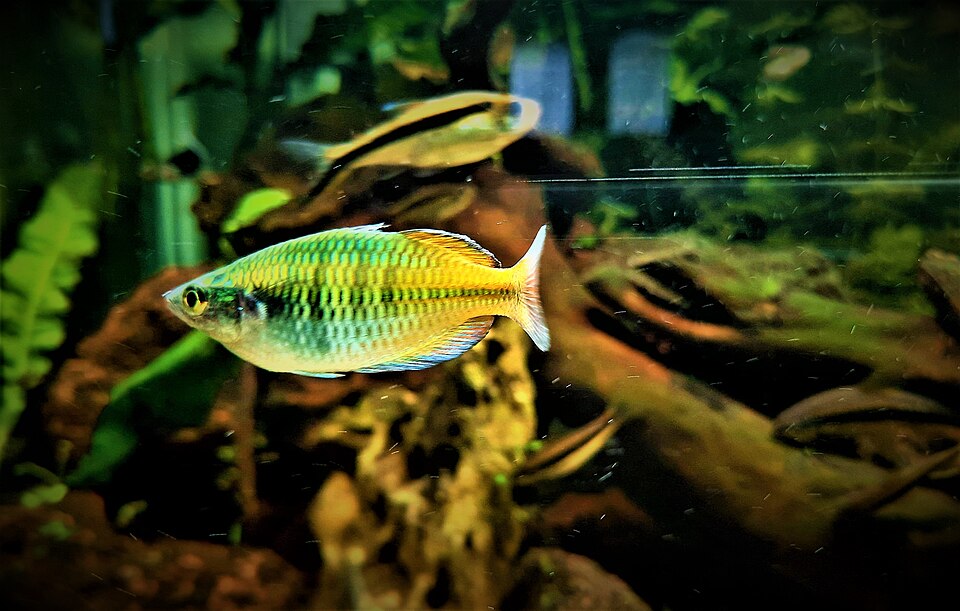
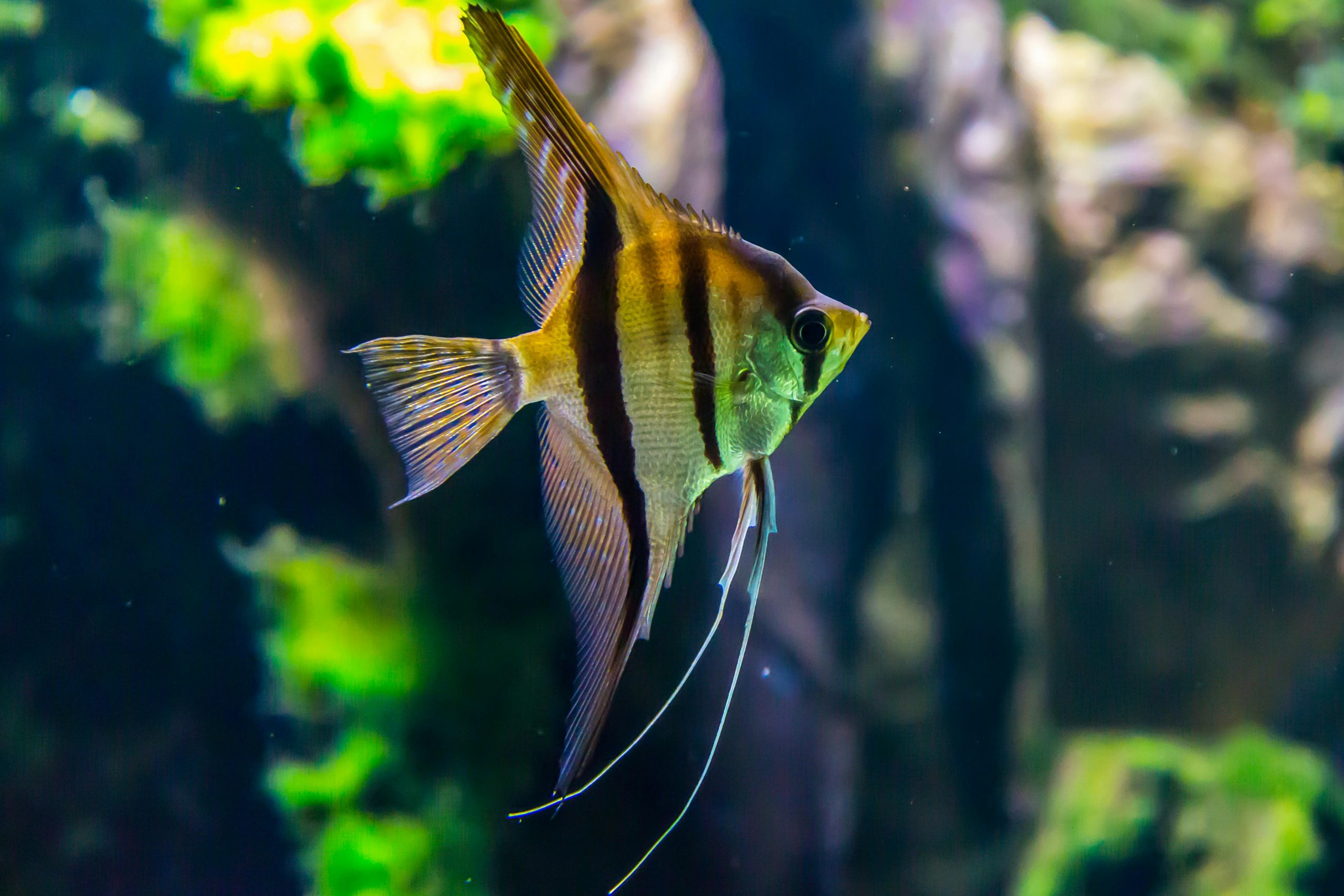
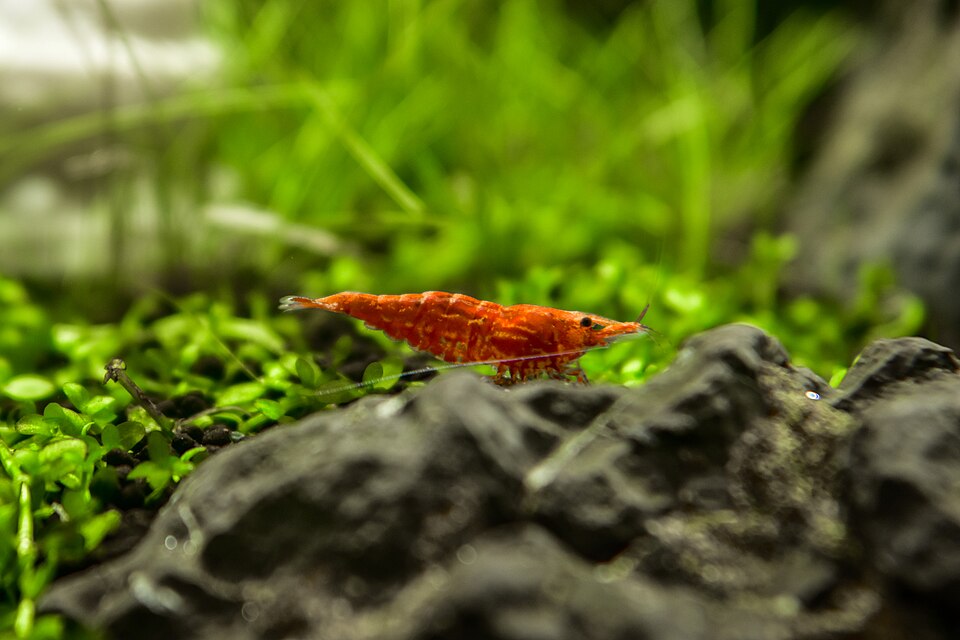

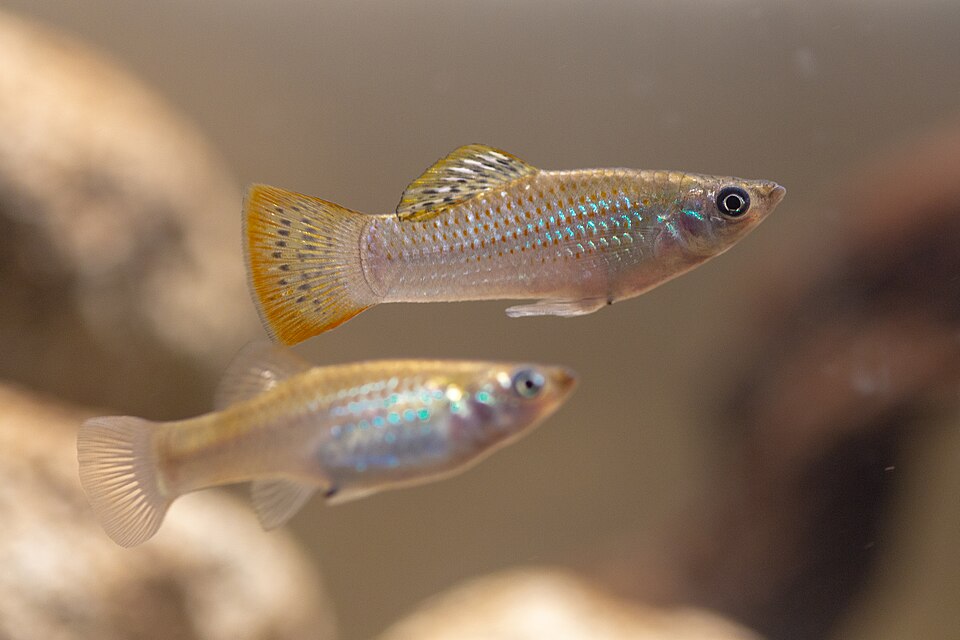
Leave a Reply